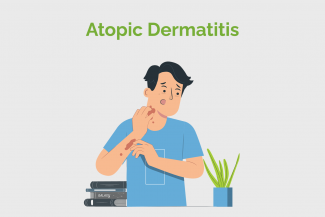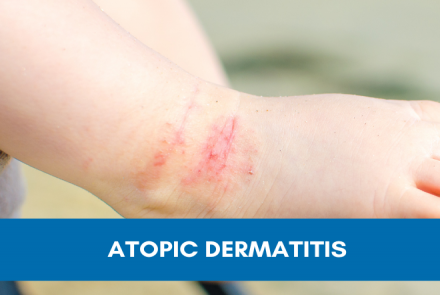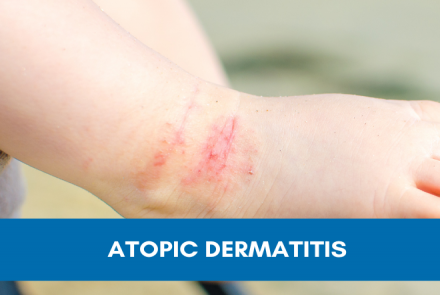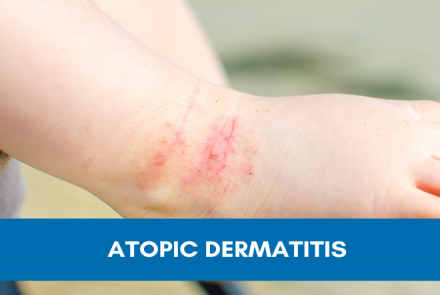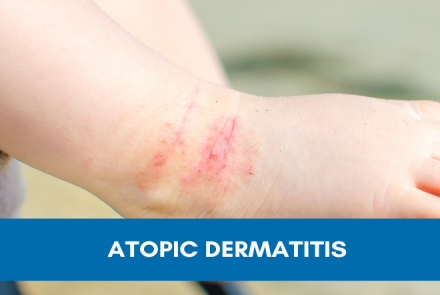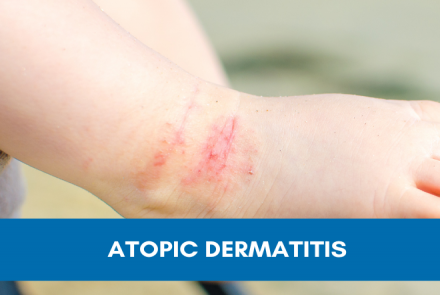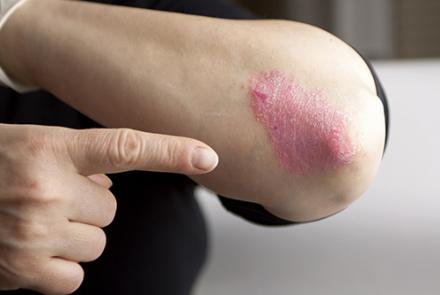Atopic Dermatitis is most common in the most developed Westernized countries and least common in most non-Westernized and developing countries. In the United States of America, about 1 in 5 children are affected. In India, the number of patients with Atopic Dermatitis has increased over the last 30 years. It has been observed that when people from developing nations migrate to Westernized countries with a higher prevalence of Atopic Dermatitis, they develop a much greater prevalence of atopic eczema, sometimes even greater than the indigenous population of their adopted homeland. Atopic eczema has been found to be more frequent in children born in England of Asian origin. These findings support the fact that environmental factors do play a significant role in the expression of Atopic Dermatitis in a predisposed person.
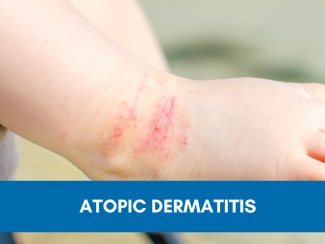
How is Atopic Dermatitis or Eczema diagnosed?
Most dermatologists are able to make a diagnoses of Atopic Dermatitis very easily in a typical patient. A doctor makes a diagnoses of Atopic dermatitis in a child based on clinical features rather than laboratory tests. A detailed history about the nature of the symptoms, when they occur, possible triggers, a family history of allergic diseases, whether the child also has asthma, hay fever or rhinitis, previous treatments taken and a detailed examination of the skin will help the doctor clinch the diagnoses.
Dermatologist Dr Belinda Vaz delves deep into the causes, types and preventive measures for Atopic Dermatitis or eczema in children.
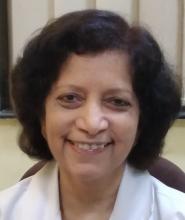
Changed
16/Sep/2022
Condition

